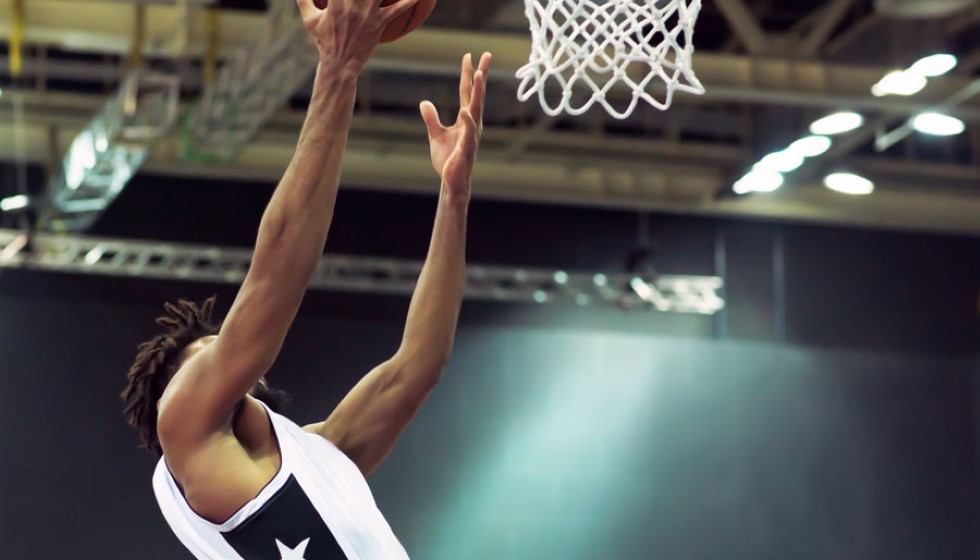
NBA Prepares to Implement Revised Cell Phone and Social Media Policy
In a significant move that reflects the evolving intersection of sports and technology, the NBA is set to introduce new guidelines for cell phone and social media usage by players and coaches during games. This policy overhaul, crafted in collaboration with the National Basketball Players Association (NBPA), marks a pivotal shift from the original "Villanueva rule" established in 2009.
Adapting to a New Era
With the rise of social media and real-time communication, the need for a contemporary framework became apparent. The revised policy defines the restricted usage period as starting 45 minutes before tip-off and extending until after players and coaches fulfill their post-game media obligations. This definition aims to ensure that all focus remains on the game itself, preserving the integrity and professionalism of the league.
Concerns Over Legal Sports Gambling
A driving force behind these changes is the NBA’s increased concern over legal sports gambling. The league recognizes the potential for insider information to impact betting markets and is keen to prevent any leaks that could undermine the fairness of the sport. The gravity of this issue was highlighted when Jontay Porter faced a lifetime ban after allegedly providing information to bettors. The incident underscored the need for stringent controls and a coordinated approach to communication.
Streamlining Communication
To combat the risk of information leaks, the NBA has introduced a singular point of communication during the designated restricted period. This measure is designed to create a secure communication channel for players and coaches, minimizing the risk of unauthorized information exchange. By streamlining how information is shared, the league hopes to protect its credibility and the integrity of its games.
Divergence Among Teams
While the NBA’s policy sets a league-wide standard, some teams have opted to implement even stricter regulations. This divergence illustrates the varying priorities across the league, with some franchises choosing to go above and beyond the league's baseline requirements to maintain competitive integrity. These internal policies can often address specific team dynamics or reflect individual team philosophies regarding focus and discipline.
Looking Towards Implementation
Though the revised policy introduces significant changes, the NBA has yet to disclose the punitive measures for breaches of the new rules. The absence of detailed consequences leaves a gap in understanding how the league plans to enforce compliance and deter potential violations. However, the collaborative nature of the policy's creation signals a mutual interest in maintaining the sport's integrity between the league and the players.
The intent behind the updated guidelines is clear: to balance the demands of modern technology with the traditions and values of professional basketball. As the NBA continues to navigate the complexities of sports betting and technology, these revised regulations are an essential step in safeguarding the sport's integrity for players, coaches, and fans alike. The outcome of these efforts will be closely watched as the league adapts to the fast-paced digital environment in an effort to maintain its focus on the court.